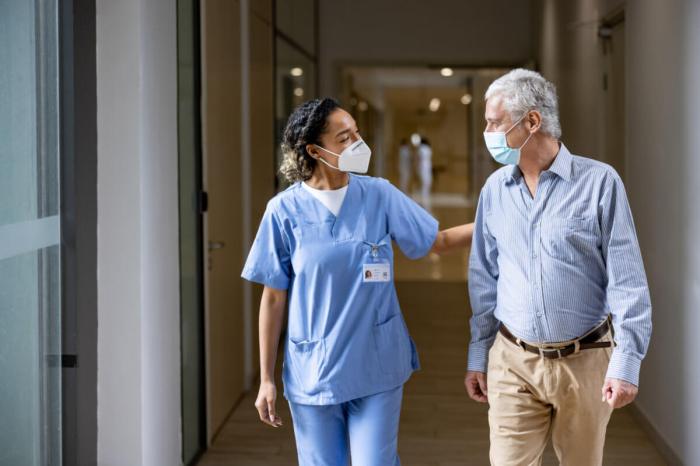As we watch the World Trade Center towers rise into the air, we are all the more reminded of the need for tight and high-tech security to fend off a third terrorist attack once the site is fully reopened to the public.
We applaud the NYPD’s Counterterrorism Bureau for devising a tangible security plan for the site’s perimeter that would bar unauthorized vehicles from entering the W.T.C. We also commend the NYPD for recognizing the need for an environmental impact statement to assess the plan’s effects on the neighborhood.
However, we are deeply concerned about the vastness of the current plan, which stretches westward from Church to West Street and southward from Barclay to Thames Street. The possible side effects could severely decrease the quality of life for Downtown residents and businesses.
The proposed configuration of security checkpoints and “secure” lanes bordering the site are likely to exacerbate traffic in an already heavily trafficked area. Increased congestion, in turn, could worsen air pollution, slow deliveries to local businesses, and, in the worst case, jeopardize lives by hindering ambulances from responding to emergencies.
For neighborhood residents, the proposed plan could also result in unnecessary inconveniences, such as making it harder to hail a cab. As is, the proposal would conceivably dissuade taxis from venturing Downtown in search of passengers. This point was made clear by several cab drivers at last week’s public hearing on the plan.
In short, the current plan violates the city’s and the W.T.C. designer’s promise to provide unimpeded vehicular and pedestrian access to the area and instead creates a lockdown scenario that could deter people from visiting Downtown and patronizing its businesses. As a result, it could put a crimp on the rebuilding of a living, breathing neighborhood that is still recovering financially and emotionally from 9/11.
Greenwich Street, which has suffered since the Port Authority severed it 1966 to make way for the original W.T.C., should also be considered when discussing the idea of connectedness and access around the site. In 2009 the Downtown Alliance recognized the potential that a new W.T.C. site offered and released a study that proposed reopening Greenwich Street and allowing it to serve as a continuous artery from the Battery all the way to Chelsea. The goal was to allow Greenwich Street to be a destination neighborhood, let it thrive as a vital part of Downtown and reconnect it with the Lower West Side.
We wholeheartedly support Community Board 1’s request for a Community Advisory Council, which would enable area residents and merchants to have a say in the plan’s revision. We also side with C.B. 1 in imploring the NYPD to avoid replicating at the W.T.C. the fortress-like setup of barriers around Park Row. As C.B. 1 accurately points out, since 9/11, Park Row has become a no man’s land of bollards and other barricades that have caused more congestion in the vicinity and have disconnected parts of Downtown from the Lower East Side.
Together, the community and the NYPD must formulate a new plan that will balance security with necessary movement and access in and around the W.T.C. site. This type of collaboration is essential for the creation of a plan that would both successfully protect the W.T.C. and ensure that the neighborhood’s residents’ and business owners’ quality of life is not unduly diminished.





































